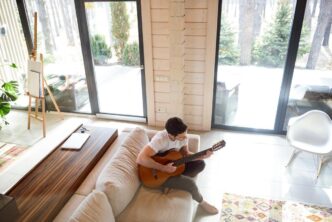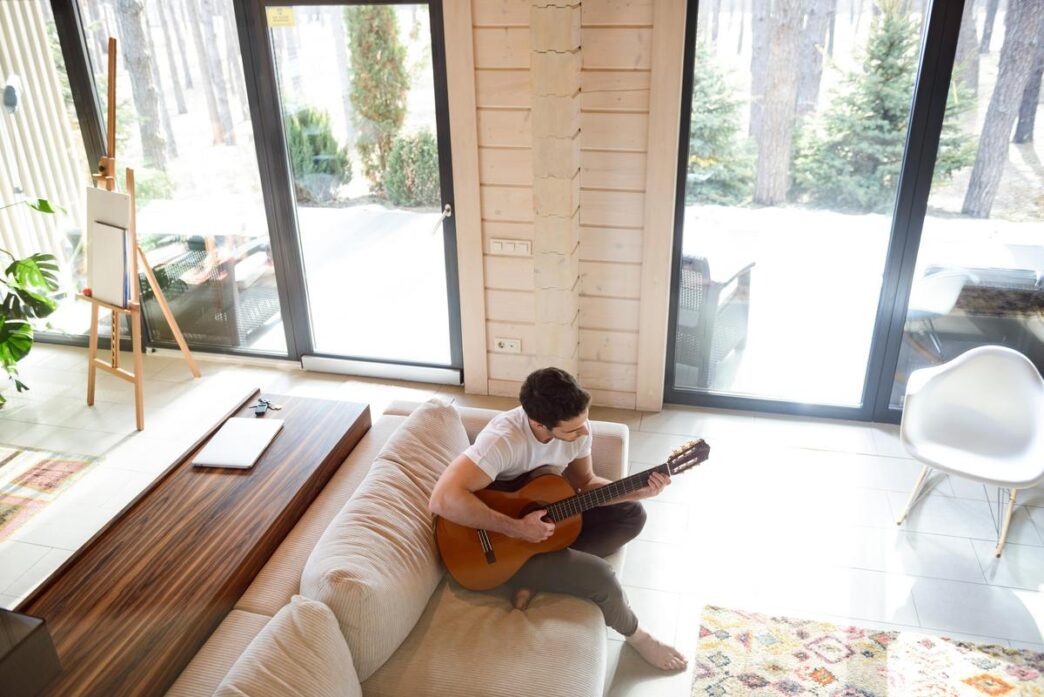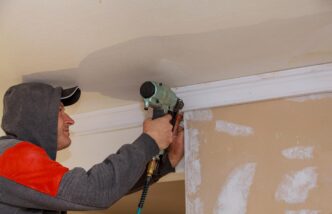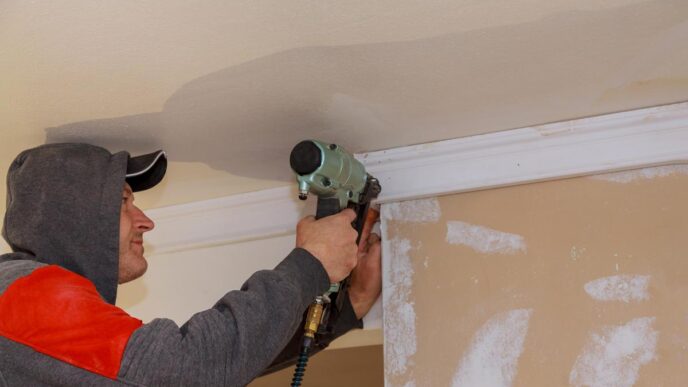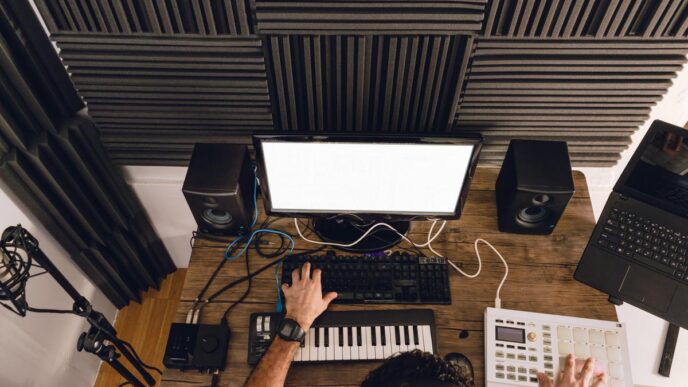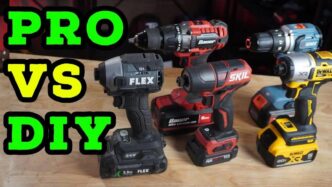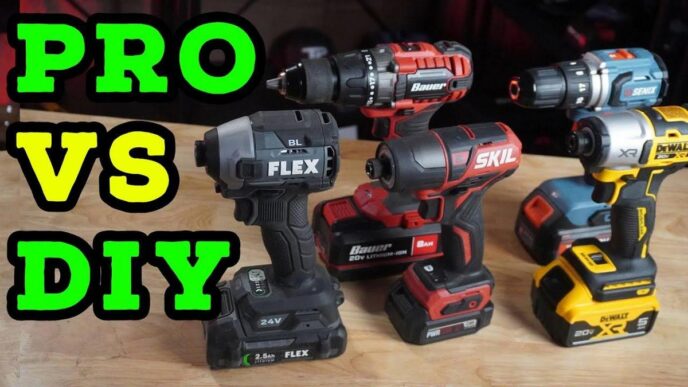Key Takeaways:
- Walls: Increase mass with layers of drywall and seal gaps; focus on windows and outlets.
- Floors: Use thick rugs and sound-dampening mats; add underlayments on hardwood floors.
- Noise Reduction: Employ sound machines, rearrange furniture, and use heavy curtains.
- Materials: Sound-absorbing panels, mass-loaded vinyl, fiberglass insulation, and acoustic foam offer effective DIY soundproofing.
- Cost-Efficient Solutions: Use rugs, thick curtains, weather-stripping, and rearrange furniture.
- DIY Projects: Install thick curtains and carpets, seal door gaps, and make acoustic panels.
- Benefits: Soundproofing enhances home comfort, reduces stress, improves privacy, and supports better sleep.
- Overall Strategy: Use a combination of methods to suit different budgets and areas needing quiet.
Drowning in noise at home? Discover the DIY soundproofing tips you need to create a serene oasis. Say goodbye to noisy neighbors or loud traffic, and hello to tranquility. I’ll guide you through simple, effective solutions like soundproofing walls, floors, and more. Ready for peace and quiet without breaking the bank? Join me as I reveal how to reclaim your home’s comfort and privacy with easy soundproofing projects.
What Are the Most Effective DIY Soundproofing Tips to Make Your Home Quieter?
When aiming for peace at home, soundproofing becomes key. While noise can't vanish entirely, you can find practical DIY soundproofing tips to lower its impact. Here is how you can do it:
Tips for Soundproofing Walls
Adding mass to walls is crucial. Use layers of drywall; this creates a denser barrier. Filling gaps with insulation helps too since even small openings can let noise pass through. Don't forget areas around windows and outlets as they leak sound if not sealed.
Strategies for Soundproofing Floors
Noise travels through floors more than you might think. Thick rugs are great for absorbing sound. Consider laying them over sound-dampening mats. If you have hardwood floors, add underlayment materials. They block echoes and vibrations from reaching rooms below.
Effective Noise Reduction Techniques
Sound machines with nature sounds, like ocean waves, mimic similar frequencies to mask unwanted noise. This method works best in tandem with physical soundproofing measures. Placing furniture away from walls and clustering it in quieter rooms can also help. Dense furniture absorbs sound, reducing its reflection in the room. Heavy curtains over windows absorb outside noise too, offering a dual benefit of privacy and serenity.
While completely soundproofing a space may not be achievable, these strategies are highly effective. Each technique adds up, creating a living environment that feels much quieter and stress-free. Be patient and methodically apply these approaches to calm your home.
Which Soundproofing Materials Work Best for DIY Projects?
When choosing soundproofing materials, consider what truly works. Sound-absorbing panels are great for walls. They quiet the room by soaking up noise. Use them in places like living rooms and bedrooms for peace. Rugs or carpets on the floor also help. They catch sounds before they bounce back.
For quick, affordable soundproofing, mass-loaded vinyl is a solid choice. It’s like a thick blanket that stops sound waves. Put it under carpets or behind drywall. It acts as an extra layer that stops sound from getting through.
When measuring costs against how well materials work, think smart. Some materials may be cheap but not very effective. Others might be costly yet work great. Fiberglass insulation fits well into walls to lower noise. It’s good at stopping sound and also keeps your home warm in winter.
Acoustic foam can be useful, too. It’s not just for music studios. Mount it on walls or ceilings. It reduces echoes and makes conversations easier to hear.
For windows, better curtains can help. Thick, heavy ones are best. They block sound coming from outside. If you want more advice, you can read about different window treatments that minimize noise.
Here’s the key: find a balance. Sometimes, you need a mix of cheap and pricey options. Not every solution fits every room or budget. But with the right materials, you can greatly cut down on unwanted sounds. So, think about which spots in your home need peace the most. Then, pick materials that fit both your budget and needs for quiet.
How Can You Soundproof Different Areas of Your Home?
Sound often sneaks through thin walls. To keep noise out, add more mass to shared walls. I use drywall as one option. It adds weight and blocks sound. If construction is daunting, thick curtains or bookcases against walls also help. They not only add mass but also reduce sound echoes.
Gaps are sneaky paths for noise. Even small cracks let sound through. To fix this, I seal every tiny space. Use weatherstrips on doors and windows to stop noise at its source. Cover gaps around electrical outlets with foam gaskets. If you see a crack, fill it with caulk. It's a simple change, but it hugely blocks sound.
Windows and doors are like weak shields. They need layers to resist sound. I recommend heavy curtains for windows. Their thickness can mush out unwanted noise. For doors, draft stoppers work wonders. These block noise from slipping underneath. If possible, consider solid-core doors. They outperform hollow ones by a lot. You will find these steps simple yet very effective in making your home much quieter.
In louder situations, build extra layers or barriers. This might mean creating walls with more drywall or even an additional layer of window to shield sound. A "room within a room" might be a grand solution, but it's costly. In my own home, some noise still sneaks in. Drums are a big problem; they can vibrate through most barriers.
While silence may be a bit difficult, a blend of strategies can really improve your surroundings. A peaceful space is built slowly, one layer at a time. If total quiet is your goal, you’ll need both good habits and good soundproofing strategies.
Are There Budget-Friendly Solutions for Soundproofing?
Low-Cost Soundproofing Hacks
Soundproofing feels like a big task, but small changes can work wonders. Rugs are magic in disguise; they soak up sound and make a room cozy. Hang them on walls, too, for more sound-stopping power. Cheap yet thick curtains can also block noise. Cover windows with blankets or towels for extra quiet. Bookshelves filled with books create handy noise barriers. These solutions are budget-friendly soundproofing tricks that anyone can try.
DIY Noise Reduction Hacks
For budget soundproofing, use what you already own. Heavy blankets pressed against doors stop sound from sneaking in. Adding weather-stripping to doors seals gaps where noise leaks through. Clay or rubber under doors can also stop sound from coming inside. Spend no money by rearranging furniture. Moving a sofa against a shared wall reduces noise from neighbors. Plants by windows help stop sound moving around. This makes homes quieter without breaking the bank.
How to Soundproof a Room Cheaply
Noisy rooms can become peaceful with a few smart moves. Start by sealing gaps around windows and doors. Use caulk or foam strips for an easy fix. Rugs or window treatments cover hard surfaces that bounce sound around. Mass-loaded vinyl sheets are cheap and stop sound well. Attach these sheets to walls or ceilings for more quiet. A fan or sound machine can hide noise, too. Find out what works best for your home without spending too much.
What DIY Soundproofing Projects Can I Start Today?
Let's dive into simple DIY projects. Soundproofing can start with easy fixes. Use thick curtains to block outside noise. Adding heavy carpets helps dampen footsteps and echoes. This is a quick way to quiet a room.
Easy DIY Projects for Noise Control
Seal gaps under doors with draft stoppers. Do doors bang too loudly? Install slow-close hinges. Use rubber door sweeps to block sound leaks. Simple fixes can make a big difference.
Customizing Acoustic Panels
Make your own acoustic panels. Use fabric, wood, and foam. Hang them on your walls. They stop echoes and absorb sound. Choose attractive fabric to match your decor.
Soundproofing with Carpets and Curtains
Thick rugs are great for floors. They cut noise and feel soft. Hang heavy curtains to cover windows. Curtains with extra layers work best. They reduce noise and add privacy.
Begin with these homemade soundproofing solutions. Each step boosts your home's comfort.
How Can Soundproofing Enhance Home Comfort and Privacy?
Soundproofing can make your home more peaceful and private. A quiet home helps reduce stress, which can improve your mood. Some sounds, like traffic, might seem minor to some, but they can bother others. By controlling these sounds, you create a more relaxing space for everyone.
Benefits of a Quiet Home Environment
A quieter home means less stress and distraction. It lets you enjoy moments without noise invading your space. You can focus better, relax easier, and feel more at ease with less background noise. Quiet spaces also support better sleep, helping your body and mind feel refreshed.
Soundproofing Techniques for Families
Families can benefit from soundproofing to enjoy quieter times together. Thick rugs and heavy curtains help block outside noise. Move furniture to break up sound pathways. Consider noise-masking machines like fans or sound machines with soothing sounds. This can help drown out unwanted noise.
Importance of Acoustic Comfort in Homes
Acoustic comfort means living in an environment with balanced sound levels. It helps when sounds are where they belong—instead of bouncing around the room. Filling spaces with items like thick furniture or rugs can absorb sound. This makes rooms feel cozy and welcoming.
In cases with a lot of noise, construction changes might be necessary. Adding extra drywall, sealing window gaps, and using insulation stop sound from entering rooms. While some solutions can be costly, they often improve home privacy and comfort.
When you soundproof, you shape your home into a haven from the outside world. Not every tip works for everyone, but try different strategies until you find what suits your family and space best. Explore more about sound types here.
Conclusion
We've explored the best ways to make your home quieter. First, we covered soundproofing tips for walls, floors, and effective noise reduction. Next, we looked at materials for DIY projects, compared costs, and rated effectiveness. We also shared how to soundproof various home areas with budget-friendly solutions. Finally, I offered easy projects you can start today that boost home comfort and privacy. Soundproofing makes your living space calm and private. Now, it's your turn. Gather your tools, try a project, and enjoy the peace of a quieter home.
